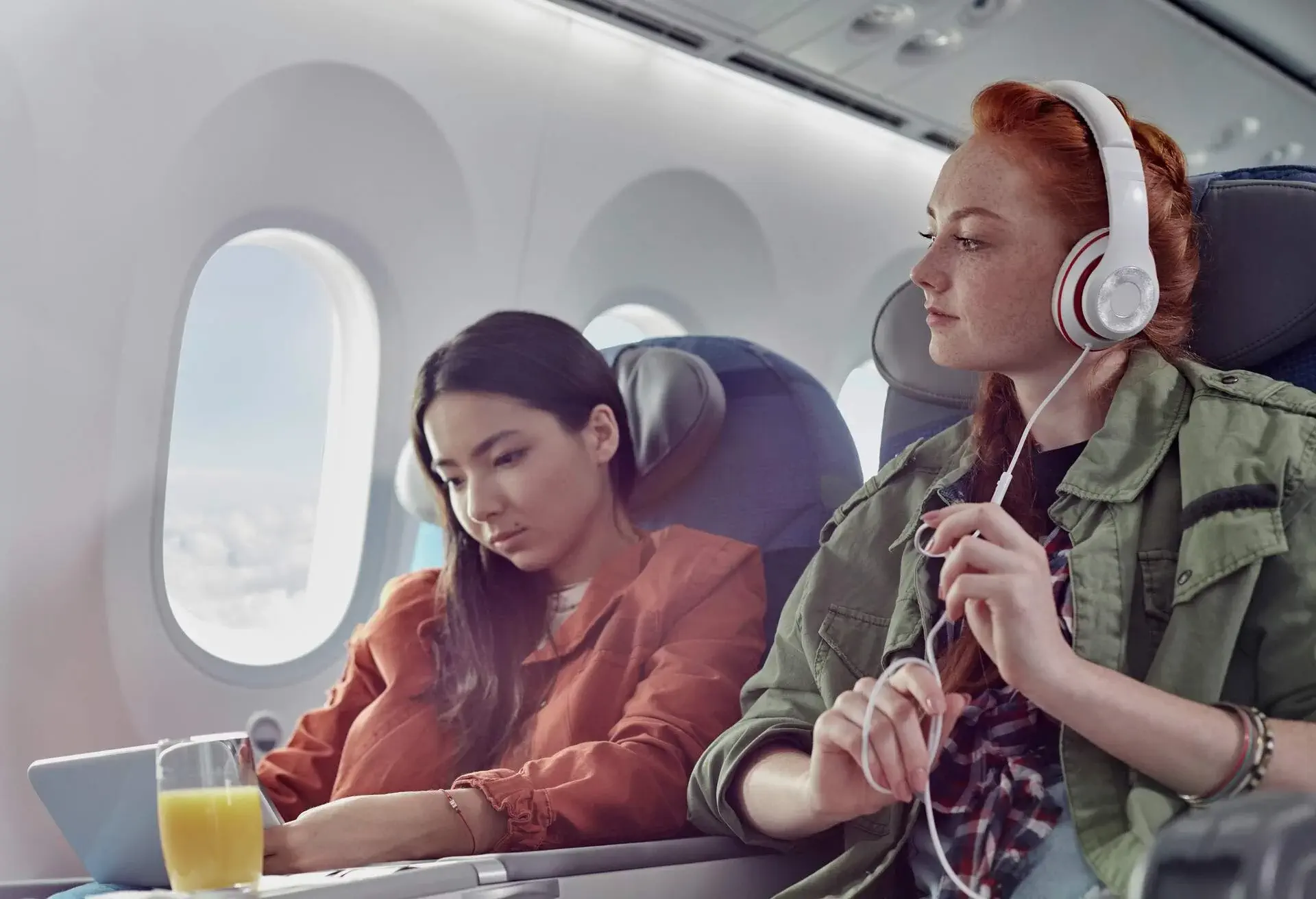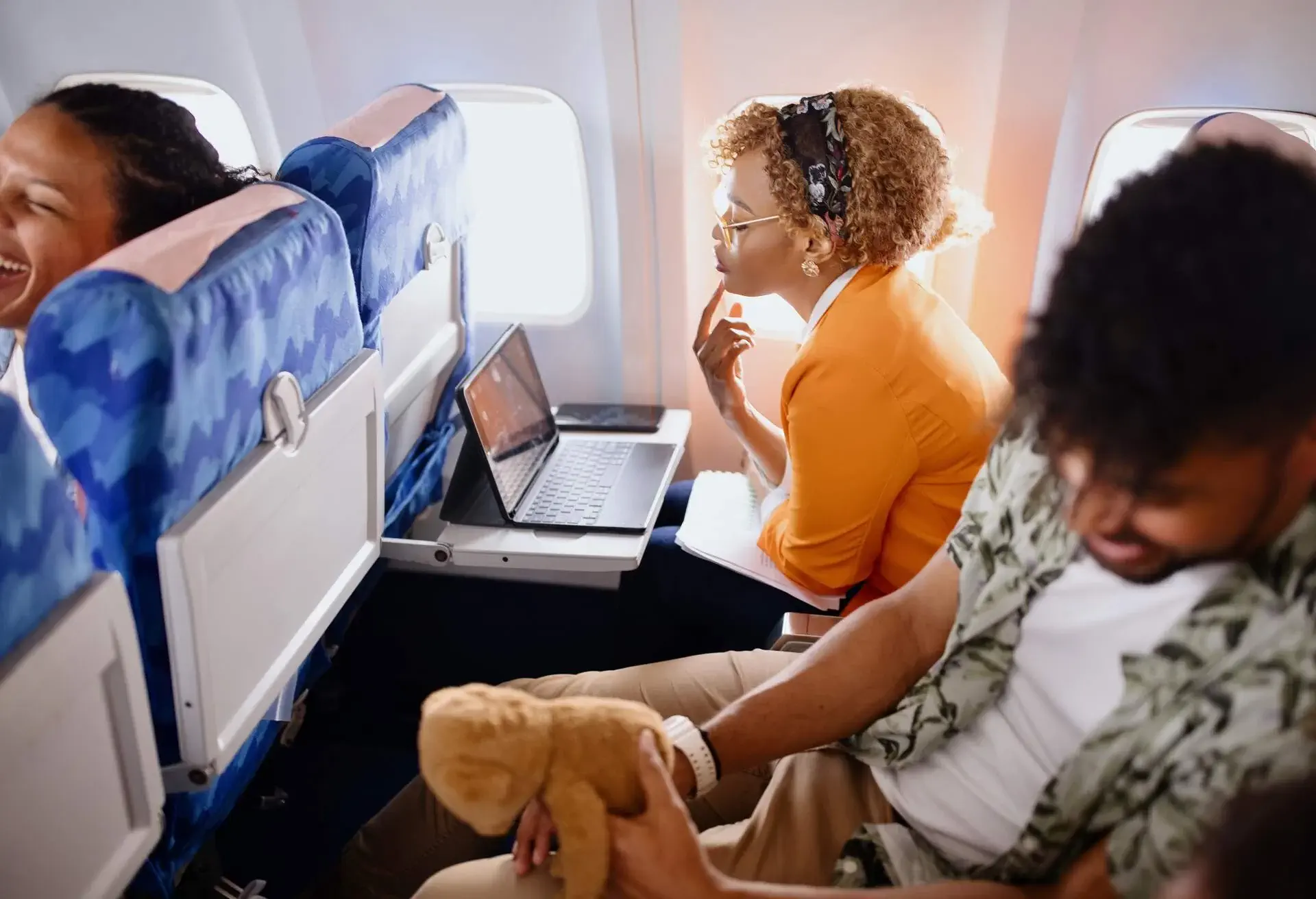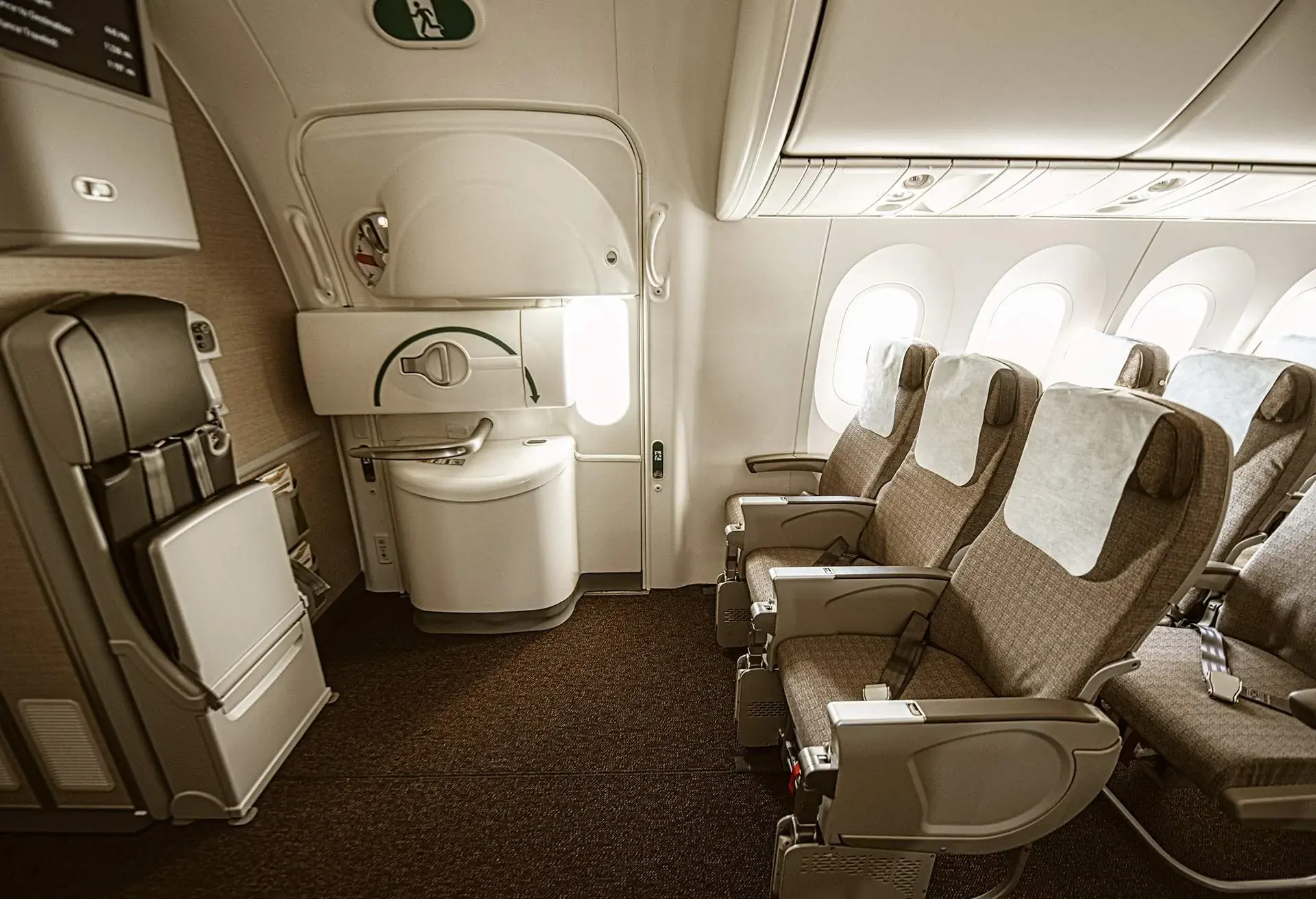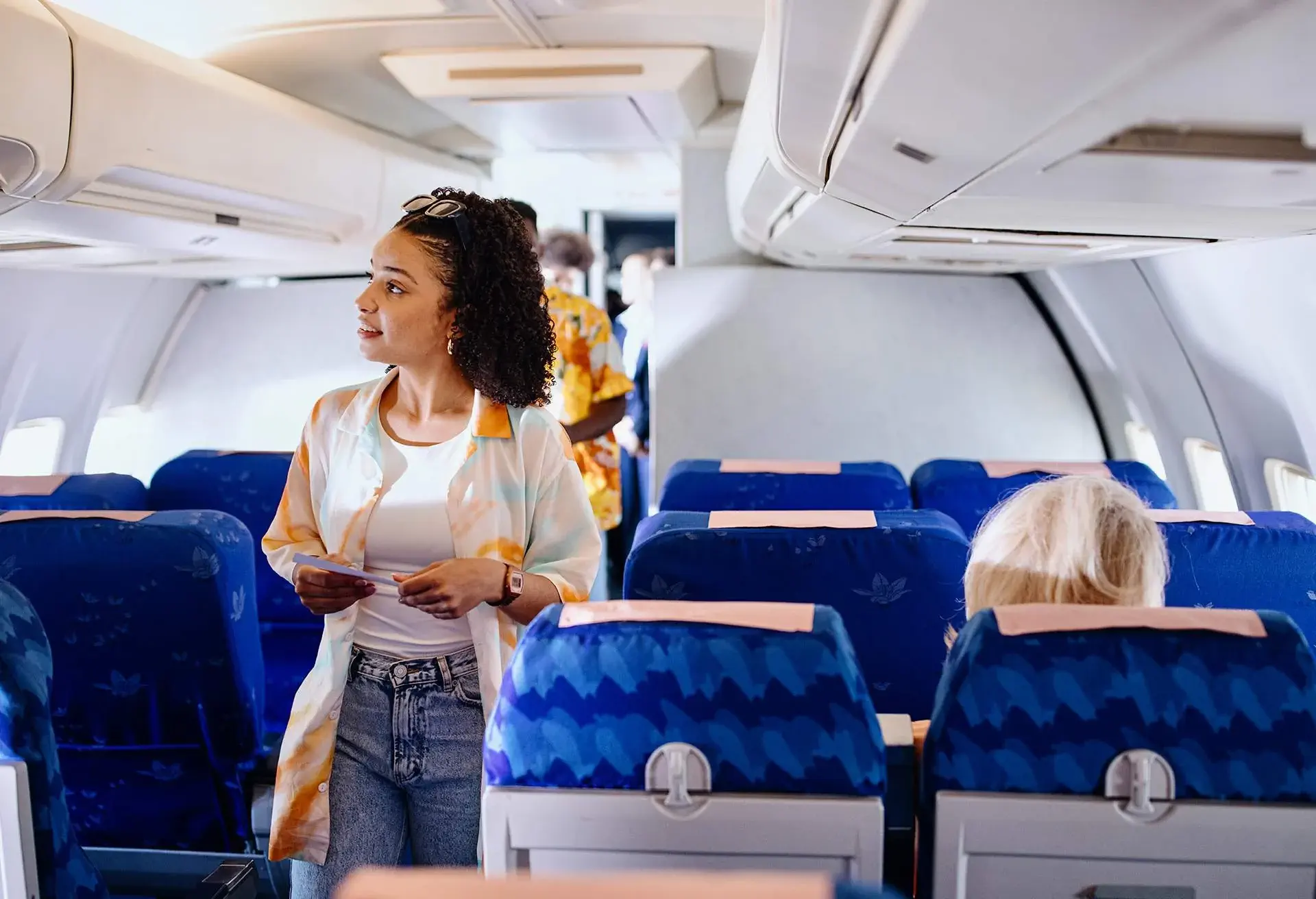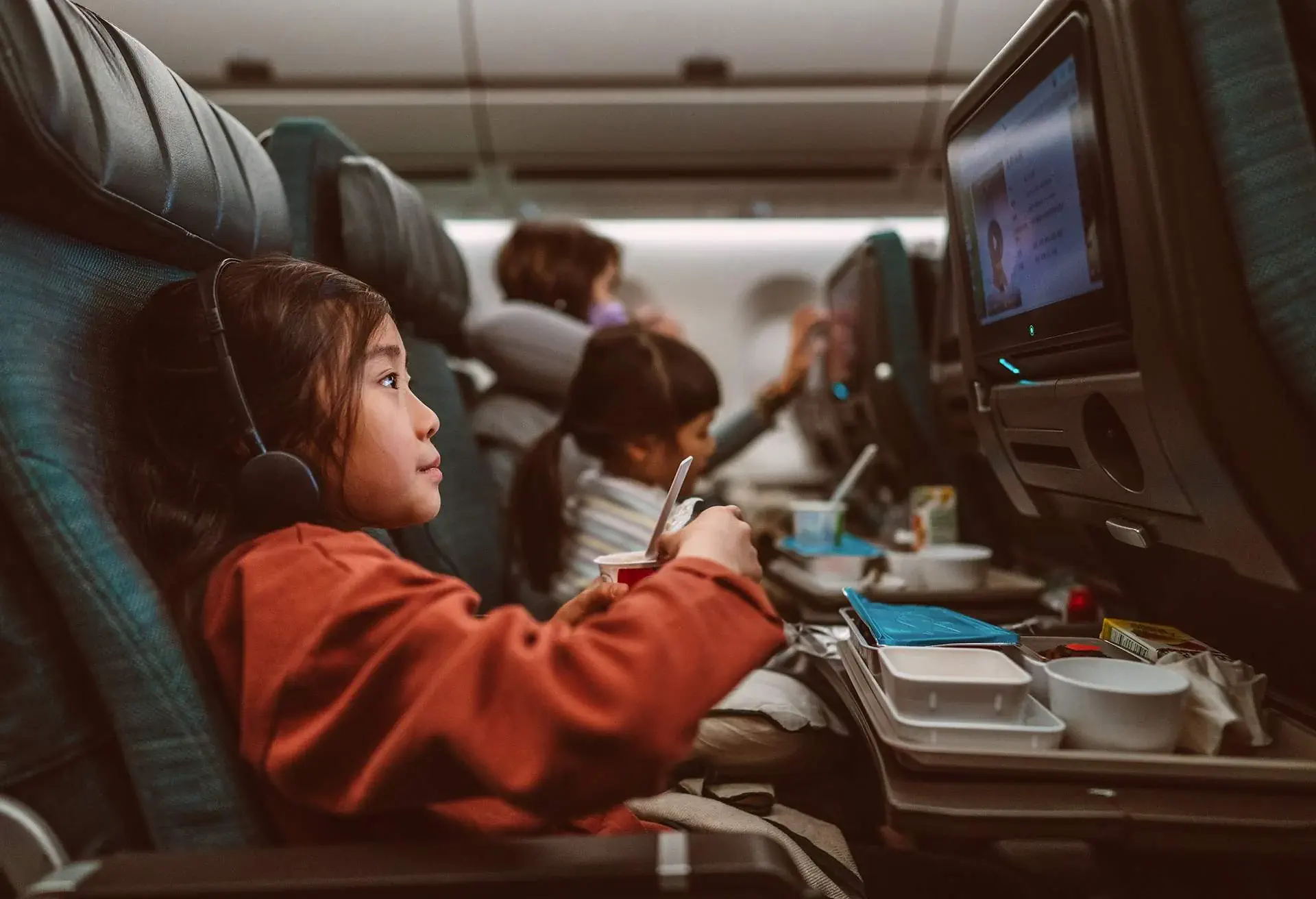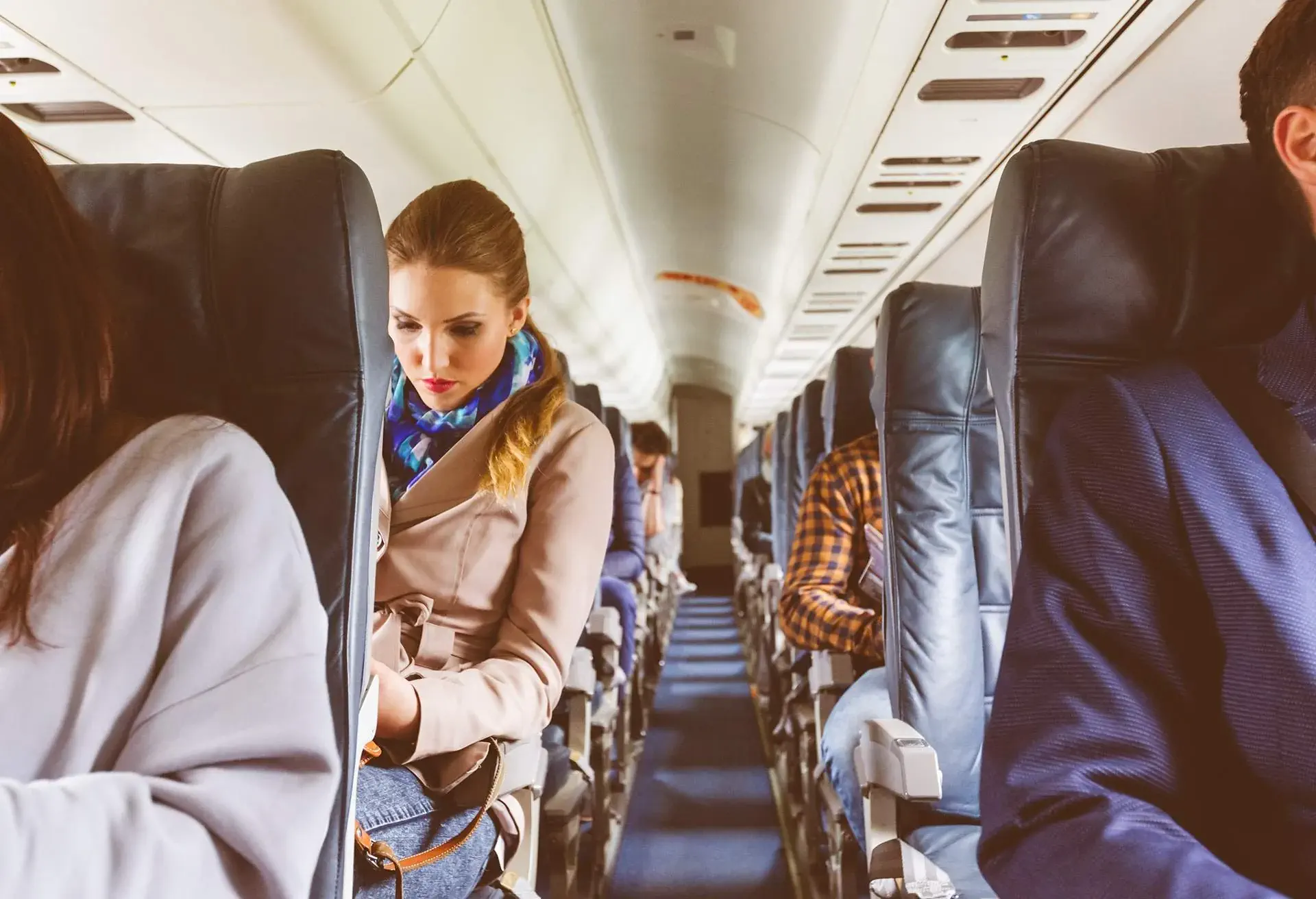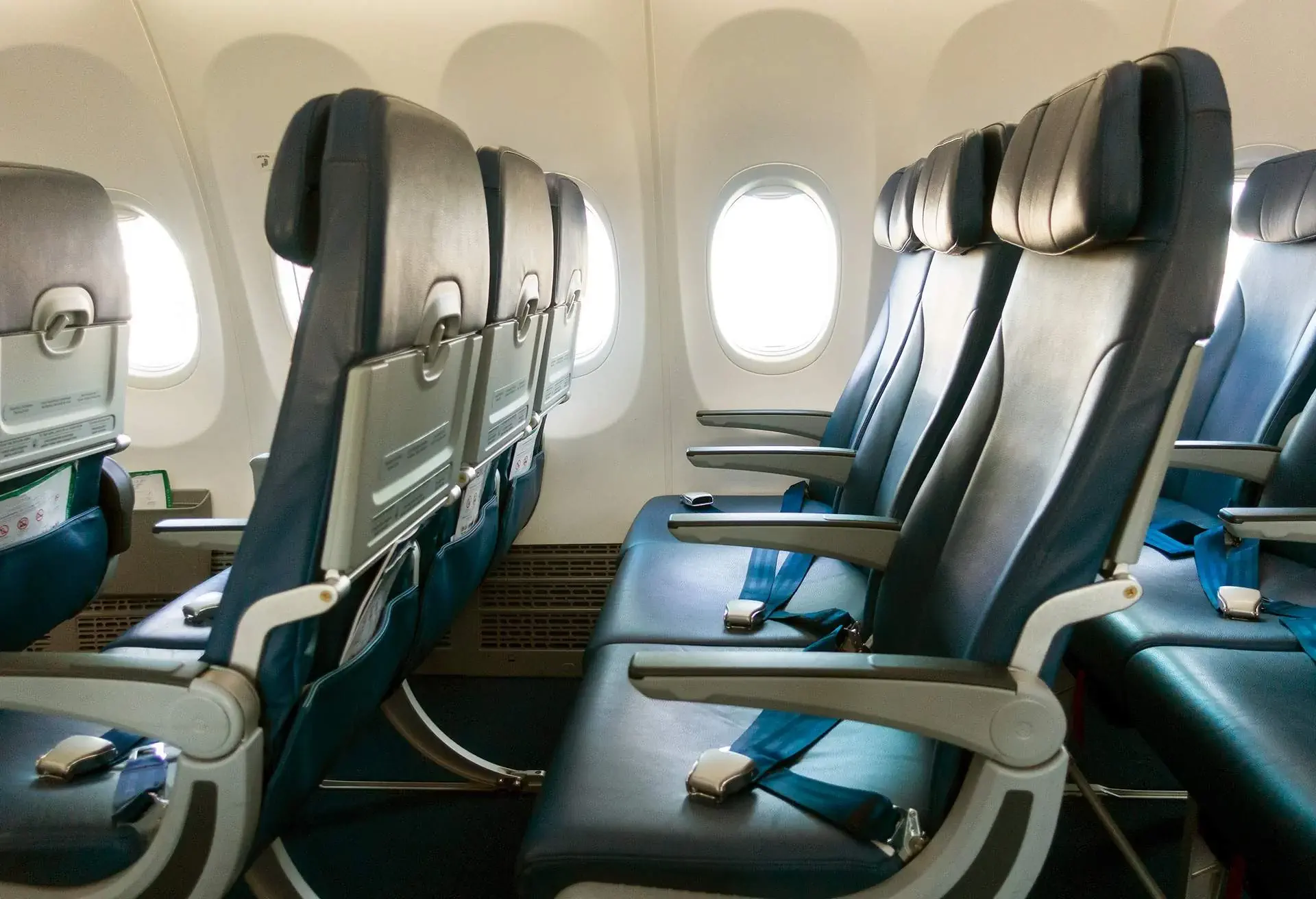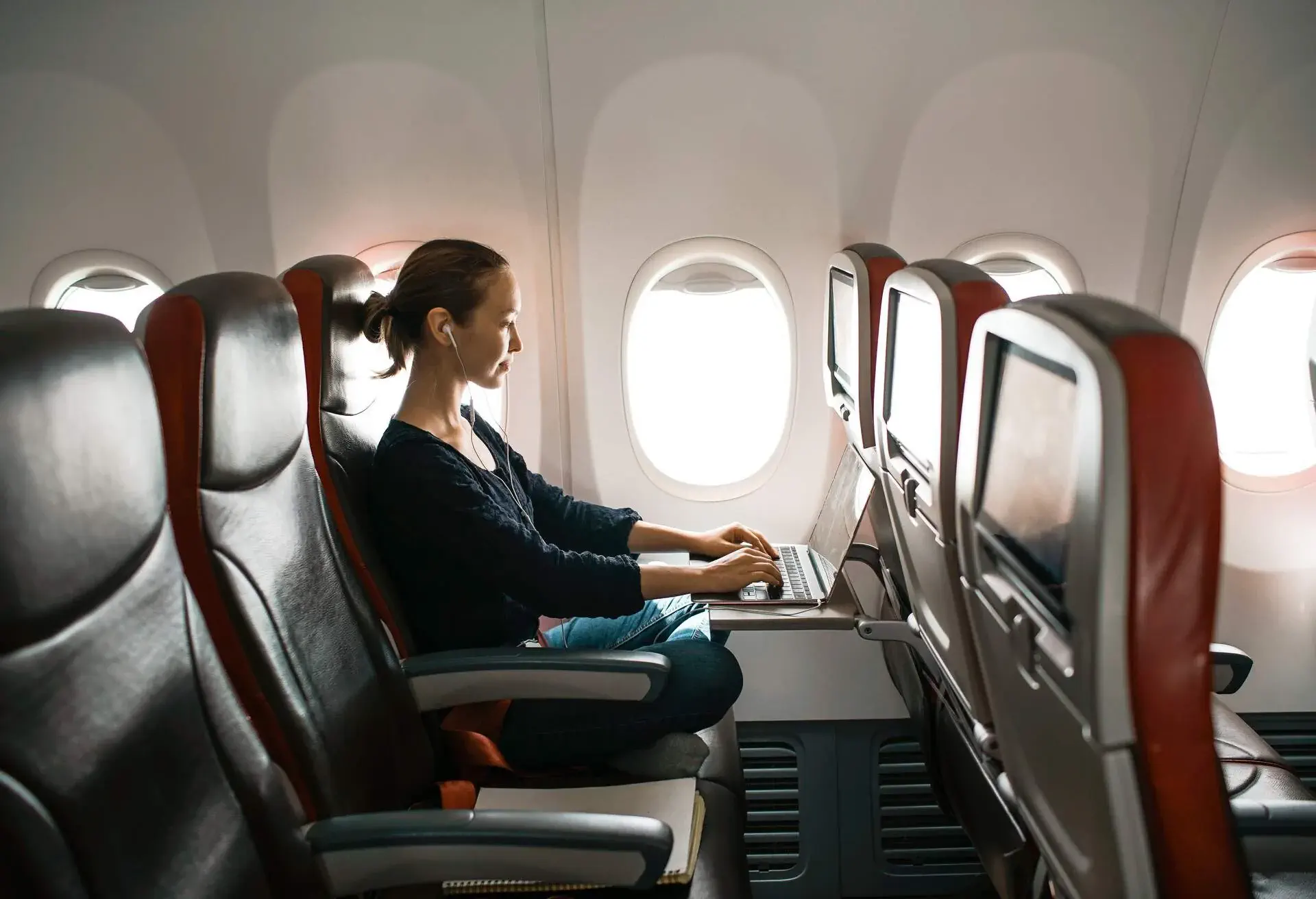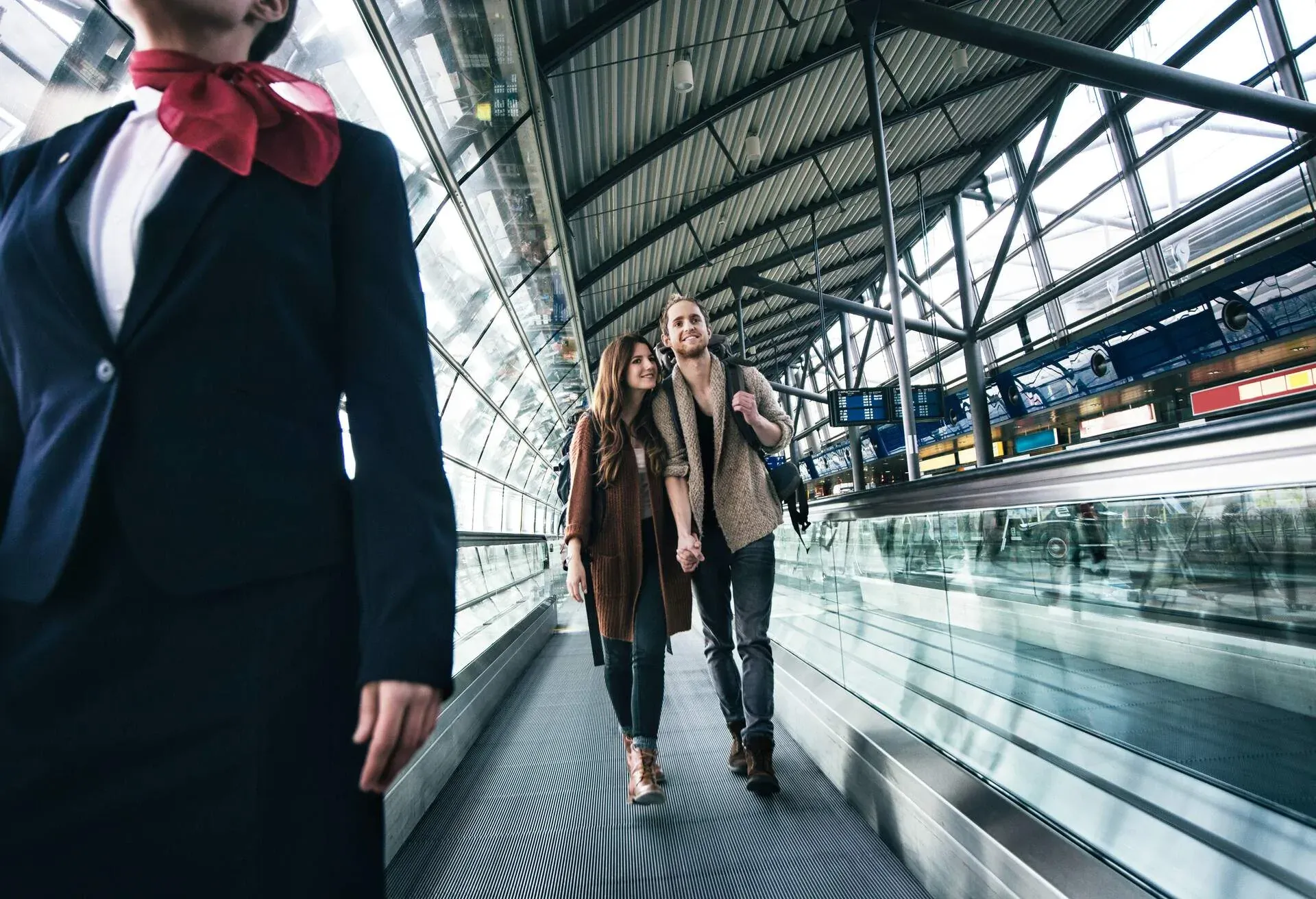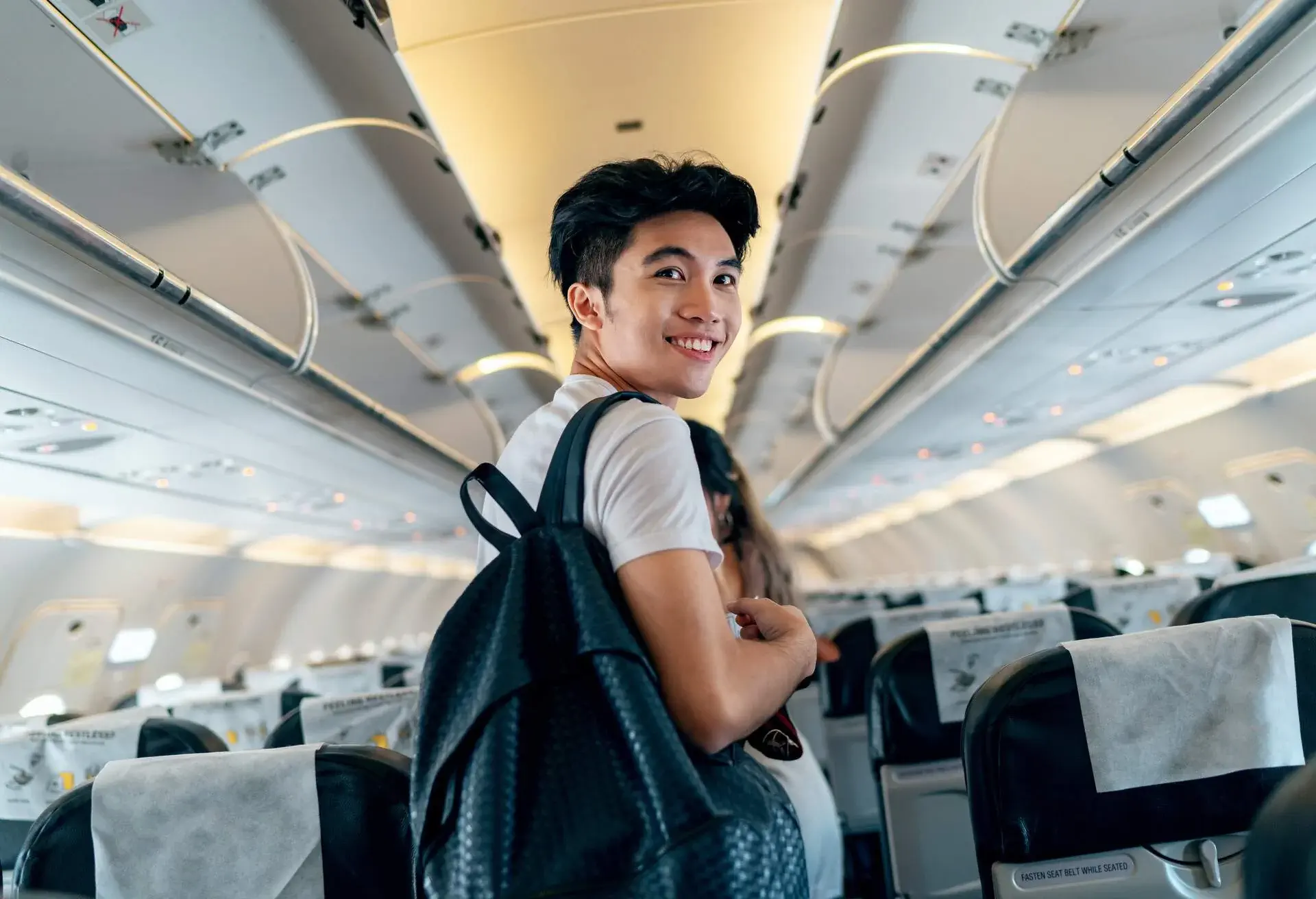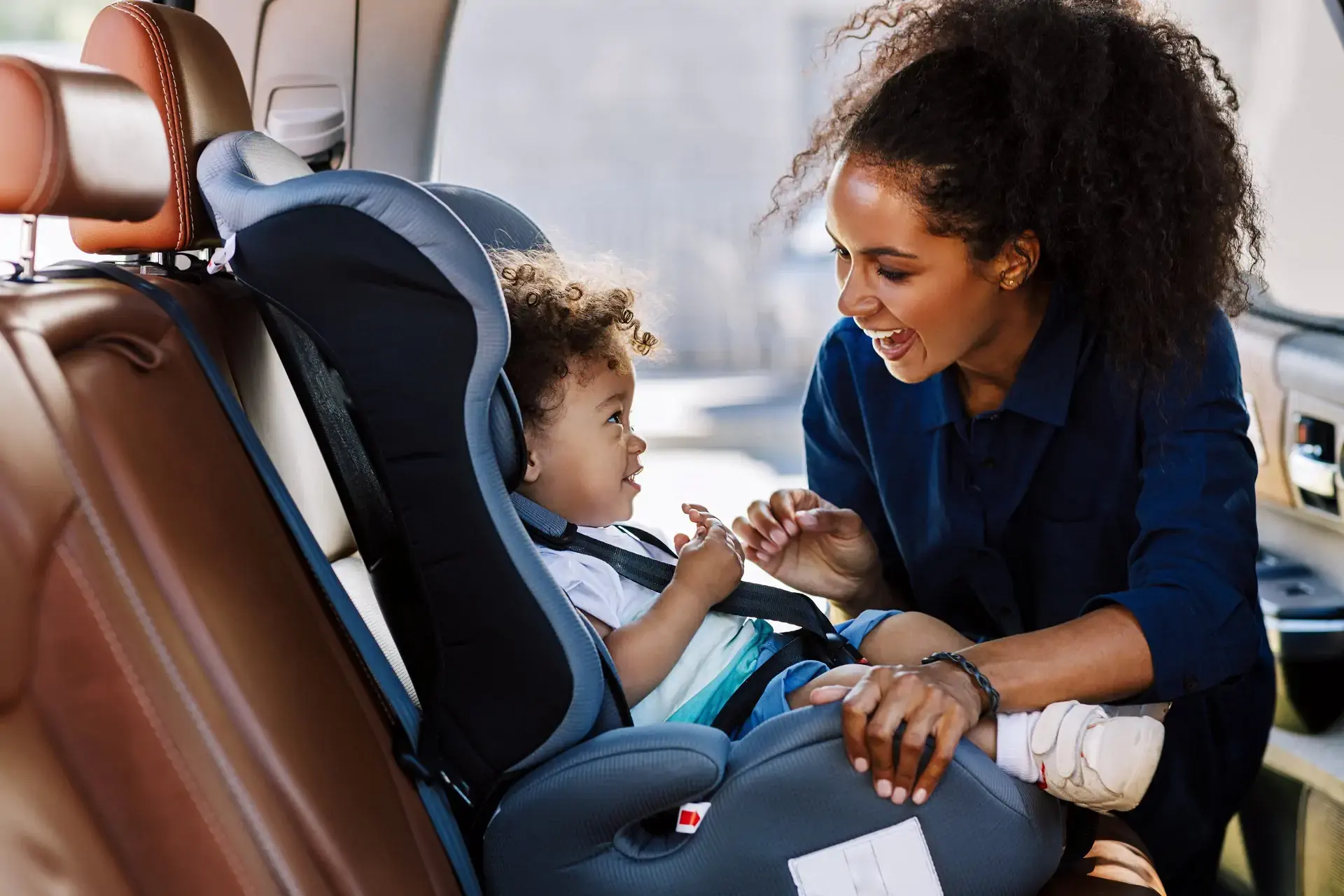The single most important thing you can do to improve your experience on a flight, especially if it’s a long haul, is to choose the best seat on the plane. For your cabin class, at least. But how to choose? There are many factors to consider when choosing the best seat on a plane that goes way beyond the aisle or window debate. Here’s what you need to know.
1. What are the different types of seats on a plane?
Not all airplane seats are created equal, even if you’re flying business class. Aisle or window, front or back, exit or bulkhead – knowing which works best for you can be the difference between a comfy flight and a cramped nightmare.
The aisle seat
An aisle seat comes with two benefits, particularly important on long-haul flights. First, the ability to get up whenever you want without disturbing your seat buddies, be that to visit the restroom, go for a wander, or raid the snack galley. Second, the simple act of stretching your legs out into the aisle – a lifeline if you’re tall like me.
On the flip side, sitting on the aisle puts you at the mercy of your seat buddies. Whether they ask you to move or opt for the climb-over, it’s almost guaranteed they’ll disturb you during the flight. You’re also exposed to aisle traffic – passengers bumping into you, cabin crew using drinks trolleys like battering rams and bags tumbling from overhead bins.
The window seat
For the best views in the world and something to lean your head against, choose a window seat. As long as you don’t mind feeling a bit boxed in and are happy to disturb your neighbors, this is most people’s first choice.
Beware though – just because you’ve booked a window seat doesn’t mean there’ll be a window there. Some planes have a missing or blocked window, such as the infamous seat 11A on budget airline Ryanair’s planes, so double-check before you book.
In business class, some airlines stagger seat layouts meaning window seats may not be right by the window, or have a shelf or storage between them.
Expert tip: when I travel in Economy with my girlfriend, we book an aisle and window seat, leaving the middle seat unbooked. As people tend to book a middle seat only as a last resort, we often end up with a free seat between us. If not, I’ve never met a middle-seat passenger who wouldn’t swap for an aisle or window. It’s worth a try!
The bulkhead seat
Bulkhead seats are the first row seats at the front of the cabin or directly after a dividing wall. They typically offer more legroom than a standard row seat, which is why budget (and some non-budget) airlines treat them as a perk and charge extra. Once again, not all is as it seems though.
That extra legroom can be misleading. Yes, you have more room for knees and long legs but that solid wall means you can’t stretch your legs out under the seat in front, even temporarily. The added space often makes them the seat of choice for people traveling with babies too; not the seat mate of choice for most passengers.
Bulkhead seats are usually located close to the galley and restrooms, which means they’re noisy, busy and sometimes, smelly. At peak times you may find yourself surrounded by passengers waiting to use the toilet. And for movie lovers, you’ll need to stow your screen under the seat for takeoff and landing, so you get less viewing time than a regular seat.
The exit row seat
As with bulkhead, exit row seats offer more legroom, which is why many airlines charge extra for them. My seat of choice in Economy for long-haul flights (depending on the price of course), they do come with caveats.
On long-haul flights, some wide-body airplanes have big compartments protruding from the exit door housing the inflatable emergency slides. These can really impede your space if you’re in the window seat.
In airplanes with two rows of emergency exit seats, those in the front row won’t recline, as it could hinder access to the door. (The same is true for the seats in front of the emergency exit row, so avoid these at all costs.) You’ll also need to pack your stuff away during takeoff and landing so the exit thoroughfare is clear.
Expert tip: Exit row seats are often colder than the rest of the plane so if you’ve booked one, remember to take enough clothes to keep warm. I never fly without chunky socks and a hoodie – nowadays some airlines even charge to borrow a blanket.
Back row seat
Just beating out the row of seats in front of the emergency exit and the dividing bulkhead, back row seats win the award for worst on the plane.
Jammed up against the rear cabin wall, they have limited or zero recline and some are narrower as they’re infringed on by the plane’s tapering fuselage. Aisle seats aren’t much better as they’re so close to the rear toilets and galley, which once again means noise, queueing passengers and pungent aromas.
2. What is an airline seat pitch?
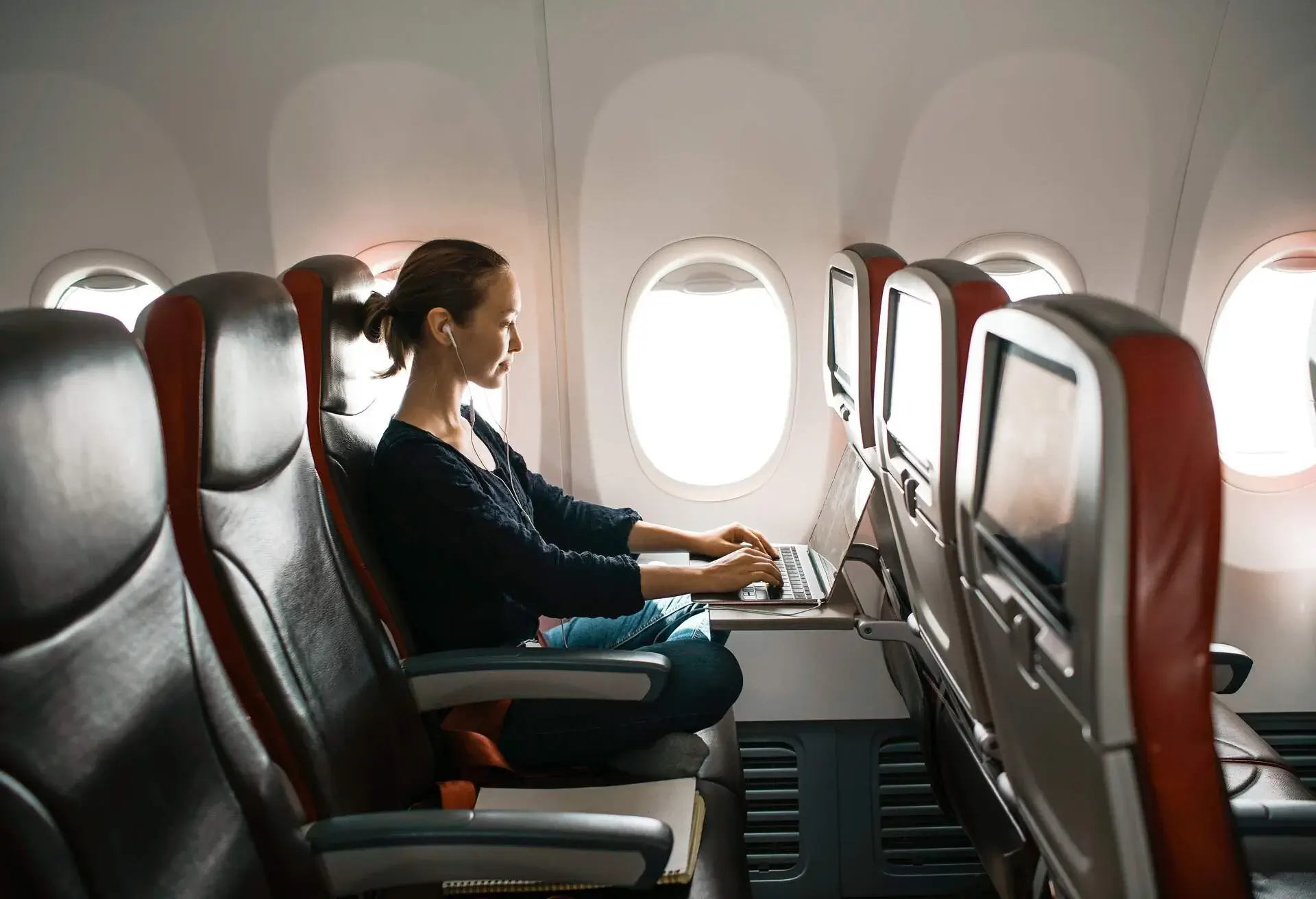
A seat’s pitch is the distance between the same point on two seats, one in front of the next. Measured in inches or centimeters, the higher the pitch the more space there is.
In the Economy class of most airlines, seat pitch is typically 30-31 inches, with some stretching out to 32 inches and some cutting it short to 29 inches. One problem with the pitch is that it doesn’t account for different seat designs and added ‘furniture’ like footrests, tray tables and the framework that holds the seat in place.
In other words, treat seat pitch measurements with a healthy dose of skepticism for their real-world benefits.
3. Where is the best place to sit in Economy?
Once you’ve decided if you’re team aisle or team window, decide if you’re willing to pay extra for a bulkhead or exit row seat. If you are, my choice is always the exit row for the added space and guarantee you won’t be sitting next to babies or children.
If not, I usually aim for one of two options. A window seat as close to the front of the cabin as possible for convenient and speedy disembarking. Or a seat mid-way down the rear half of the plane, but several rows in front of the galley and toilets. Although noisier, this area is more likely to have free seats and so more room.
4. What else can I do to choose the best airline seat?
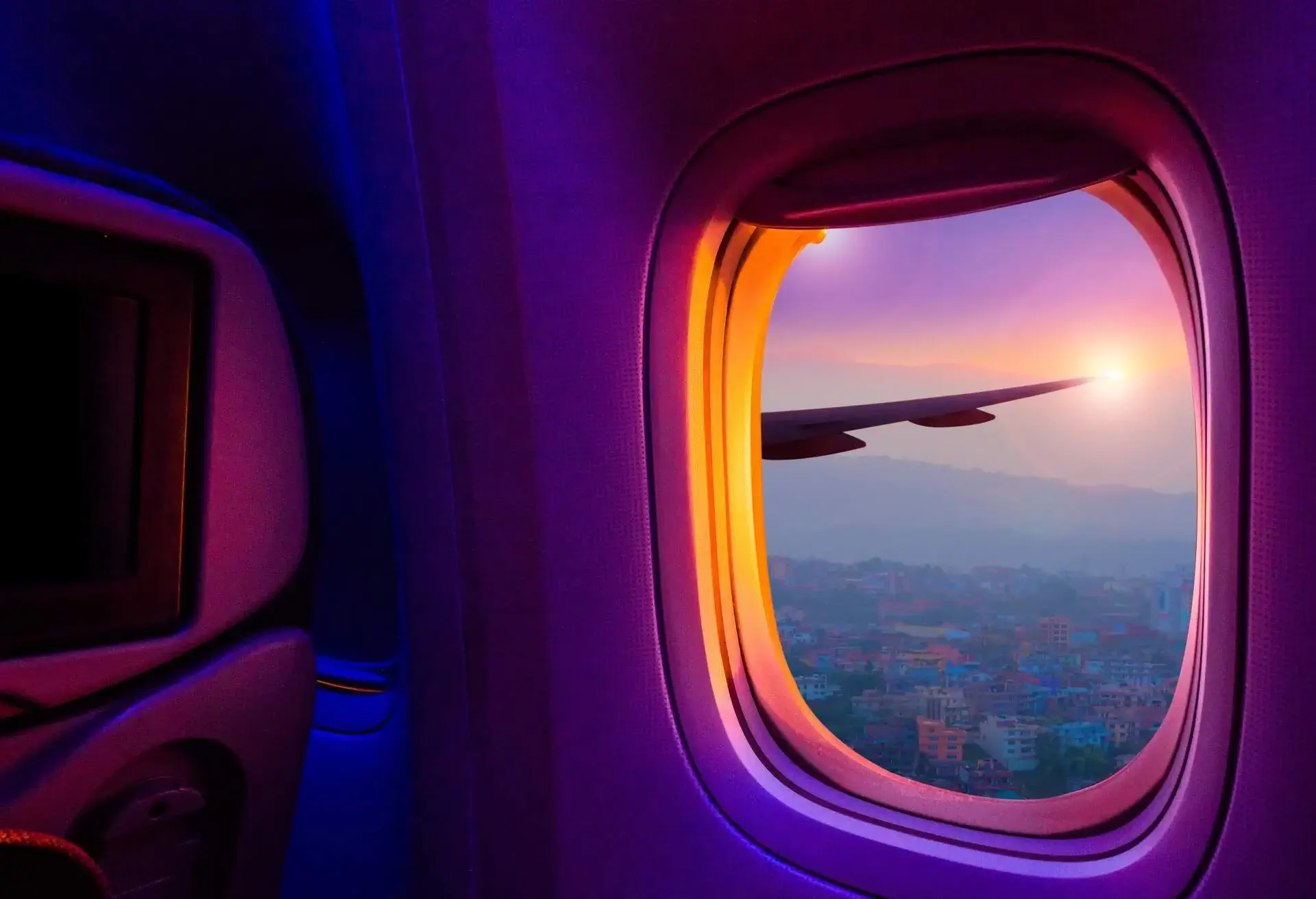
If you’re really committed to finding the best seat possible, look at the plane you’re flying on. Lots of routes are covered by different airlines flying different airplanes, some better than others.
You don’t need to become a certified plane spotter. If you’re flying long haul, opt for a Boeing 787 Dreamliner or Airbus A350 if they’re available. Spacious, quieter and more modern, they have higher cabin pressure and humidity, which helps reduce the effects of jet lag. Huge windows too.
For other planes, knowing the seat layout is your key to success. Most short-haul flights follow a 2-2 or 3-3 layout where choice is limited to two or three seats on either side of the aisle.
Long haul planes are wider, with three seating columns in varying layouts – 2-3-2, 3-3-3 or 3-4-3. For the former and latter, a seat on either side is preferable to the middle column where you’re far from a window or aisle access. On a 3-3-3 layout, an aisle seat in the middle column means only one seat buddy to disturb you. The best of the bunch is 2-3-2, where if you sit on either side you’re guaranteed an aisle or window every time.
How was this guide created?
I’m 6 ‘2, which means traveling in Economy is always a challenge and a long-haul middle seat is among my worst nightmares (and all too often has come true). In an effort to save myself the cramped misery of the wrong seat, I’ve honed my skills over years of flying to understand how to find the best seat. Full disclosure though: only in the last five years have I switched from a dedicated aisle flier to a staunch window supporter.
No matter how comfy you may or may not be, time drags on long flights. These articles on tips for flying and things to do on a plane offer some great ideas on how to break the monotony.
Some of our favorite flight routes
- Flights to New York
- Flights to Los Angeles
- Flights to Chicago
- Flights to San Francisco
- Flights to Miami
Best seat on a plane FAQs
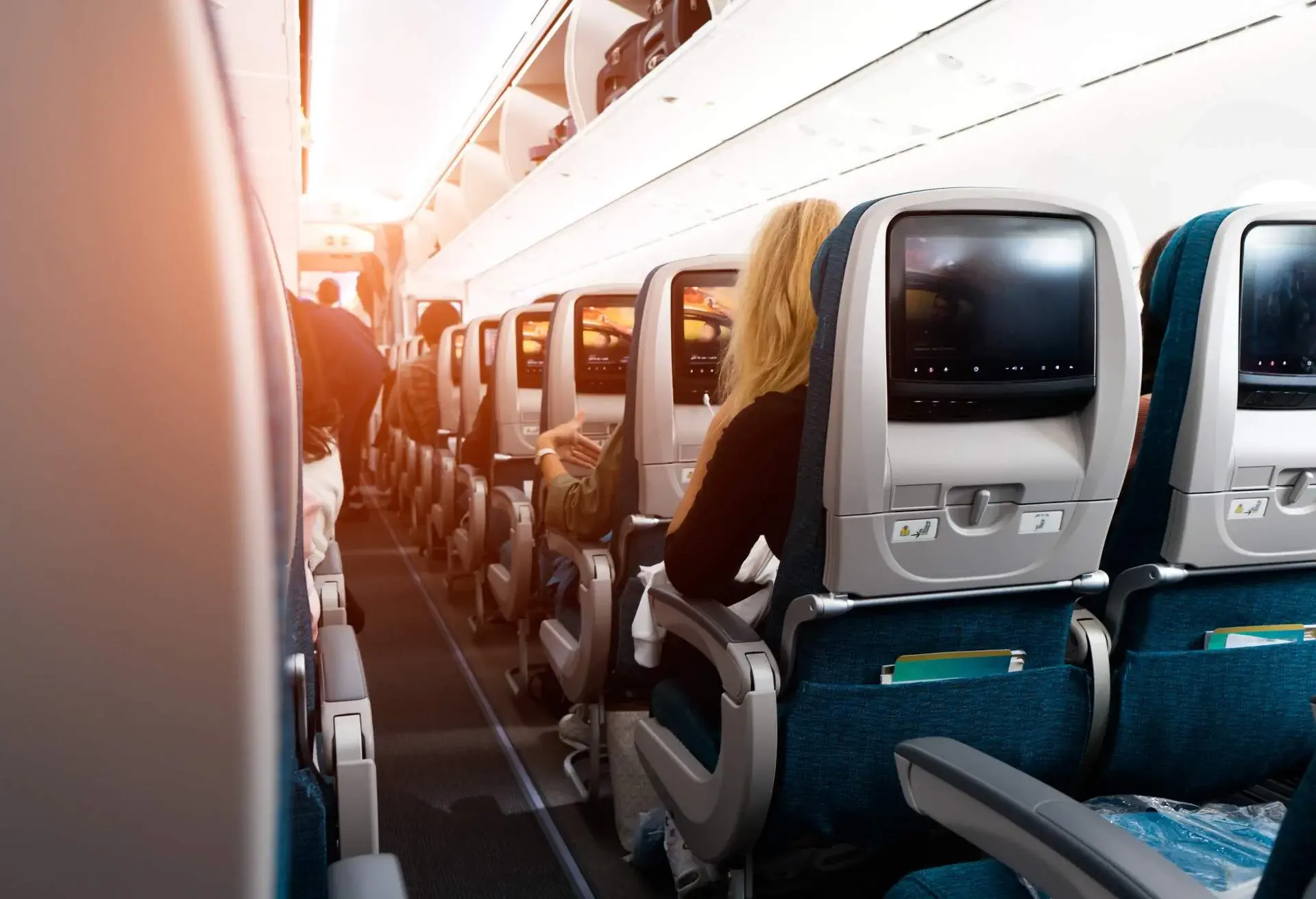
Are seats over the wing best?
Sitting over the wings will give you the smoothest take-off, flight and landing. This is the point where gravity meets lift and is the most stable point in the plane, subject to lesser forces than the nose and tail. If you suffer from airsickness, this is the best place to sit.
The plane’s engines are below the wings, which means sitting over or behind the wings is noisier than sitting in front of them.
Where is safest to sit on a plane?
Airlines will tell you there is no one place that’s safer to sit than another on a plane should the worst happen, as there are so many varying factors that could influence the outcome. If you follow the data, seats close to an exit in the front or a middle seat in the back third of the plane have the lowest fatality rate. No matter where you sit, according to the NSC, flying is still the safest form of transport.

